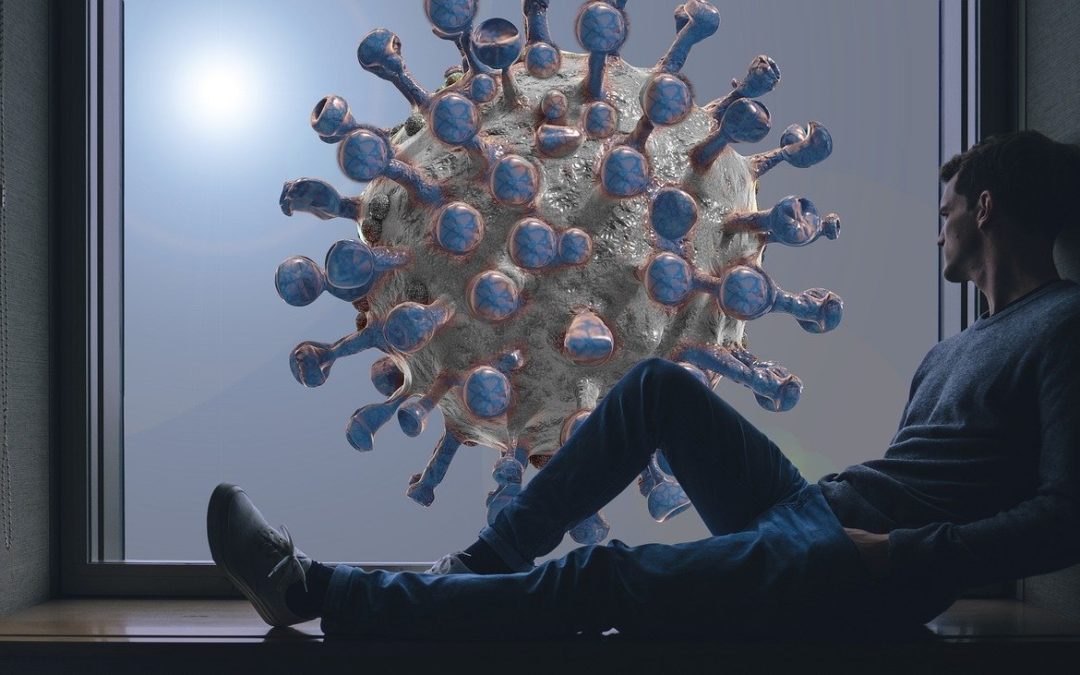In New York, the epicenter of the U.S. public health emergency, home health and home care agencies continue to face staffing challenges and personal protective equipment (PPE) shortages while caring for hundreds of COVID-19 patients.
That’s according to a survey released Monday from the Home Care Association of New York State (HCA-NYS), which included responses from nearly 180 home- and community-based care organizations.
The survey results are in line with the anecdotal conversations that HCA-NYS has been having with agencies over the last month, its director of communications, Roger Noyes, told Home Health Care News.
“Perhaps the two biggest challenges continue to be the lack of critical supplies, like PPE, and interrelated concerns about workforce and patient safety,” Noyes said. “This survey provides a helpful baseline of information about COVID-19 case counts in the home care setting at the epicenter of the crisis.”
Workers, in some instances, are more often refusing to provide care out of fear of contracting COVID-19, the HCA-NYS survey found. Patients are likewise turning away care with greater frequency.
Over 80% of the home-based care respondents reported at least one patient refusing care, with roughly one-quarter saying they had between one and 10 patients doing so. Nearly 7% of respondents reported more than 100 patients turning away services, with remaining agencies falling somewhere in between.
In regards to staffing, 45% of HCA-NYS survey respondents reported anywhere from one to 20 home health aides and personal care aides refusing to work. The reasons for those refusals include contraction of the virus, self-quarantine practices and worries about potential exposure.
“The survey results provide a context for quantifying these realities at a particular moment in time,” Noyes said. “This is especially so when it comes to the critical lack of supplies, as well as how home and community-based organizations are addressing or coping with these distressing realities.”
Meanwhile, nearly one in every four of the home- and community-based care professionals surveyed said they have had at least one worker test positive for COVID-19.
That is especially worrisome due to PPE shortages throughout New York’s home-based care landscape. In HCA-NYS’s survey, nearly 80% of respondents said that accessing adequate PPE was either “difficult” or “extremely difficult.”
Due to that difficulty, 48% of home-based care staff are reusing face masks. When PPE is needed but not available, 21% of agencies are implementing policies that prevent in-person visits, when possible.
“Our survey shows that organizations are utilizing every resource possible to significantly increase the point of contact and provide support to staff and patients in the field,” Noyes said. “[That includes using] technology, mobile alerts, education, conducting daily follow-up calls with patients, implementing robust screening and case assignment protocols for every visit, among other measures.”
Considering how immersed these agencies are in New York’s — and the rest of the country’s — struggle, HCA-NYS echoed a sentiment that is gaining steam during trying times: that home-based care is being left behind.
The National Association of Home Care & Hospice (NAHC) and other industry representatives recently penned a letter to the Federal Emergency Management Agency (FEMA) to address exactly that, specifically asking for in-home care providers to be given priority status for PPE.
“This pandemic has laid bare many shortcomings across all areas of public life,” Noyes said. “One of these continues to be the missed opportunity to support and properly equip home care, with a full understanding of its role.”
Additionally, agencies are eager to gain access to and deploy COVID-19 testing, the New York survey found.
Of the Medicare-certified agencies included in the survey, 76% said they are willing to provide testing within their communities if given the training to do so. That would enable agencies to both test more New Yorkers and to promise aides a lesser risk of exposure within homes of patients that have been tested.
“That is a powerful, untapped resource,” Noyes said.
With poor access to testing and PPE, home-based care agencies are largely fighting the COVID-19 crisis in the dark, doing their best to mitigate the surge without the proper resources.
By Andrew Donlan | April 7, 2020
Source: Home Health Care News

